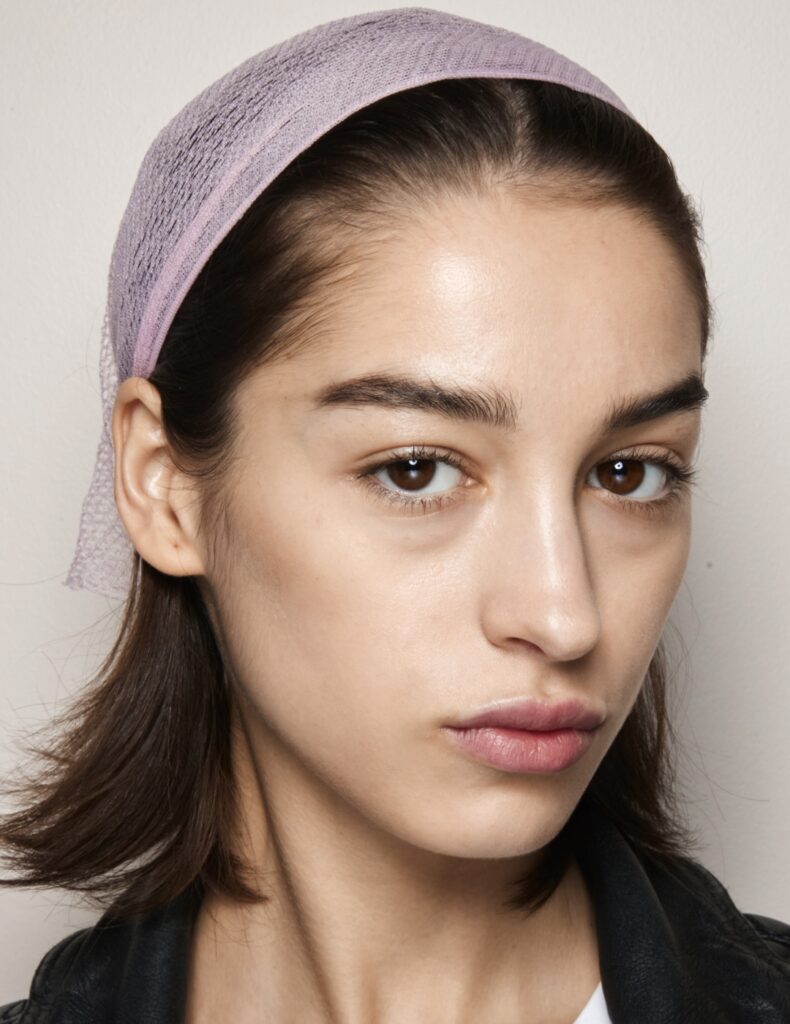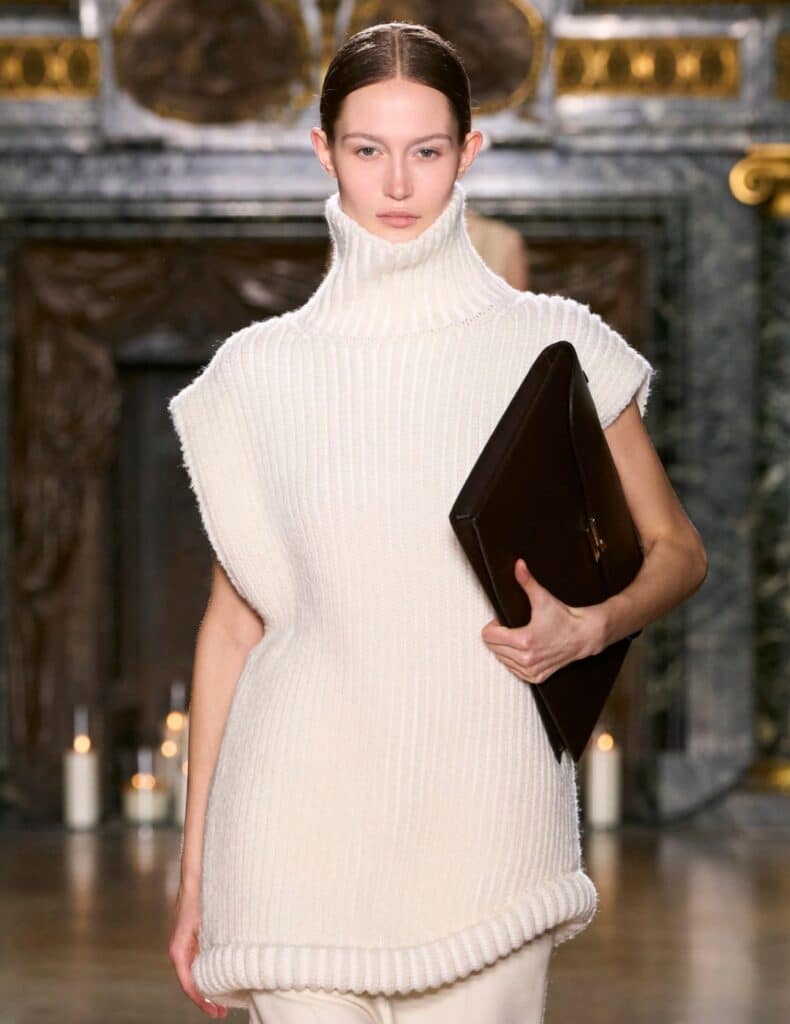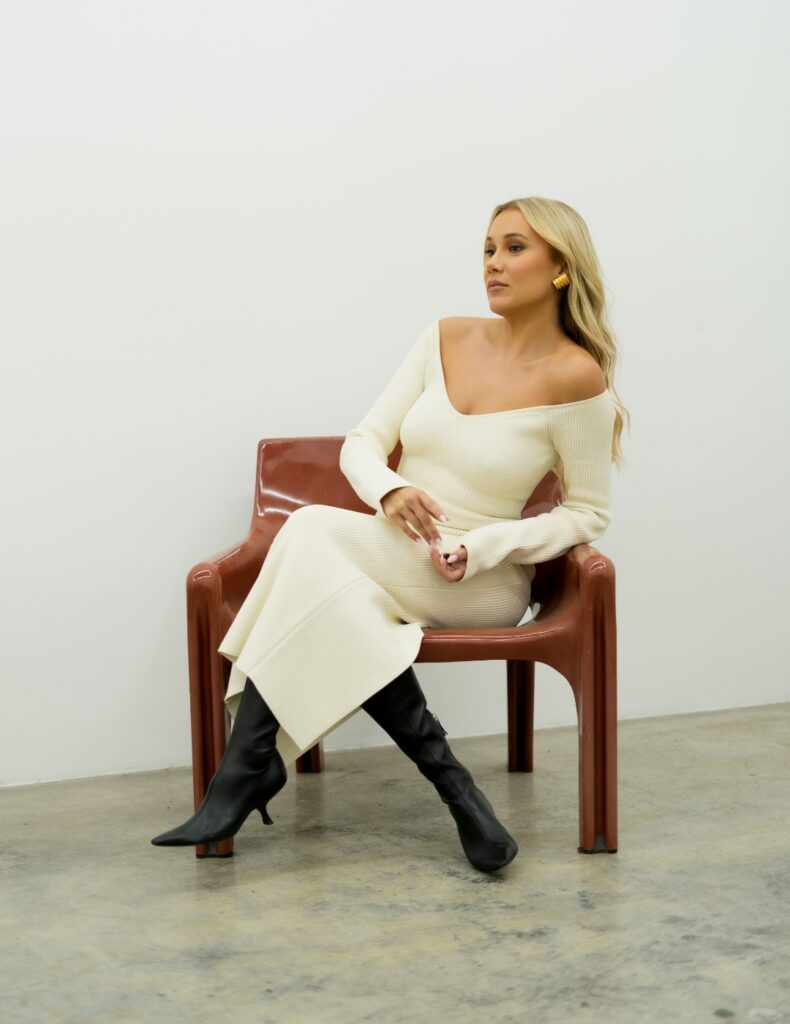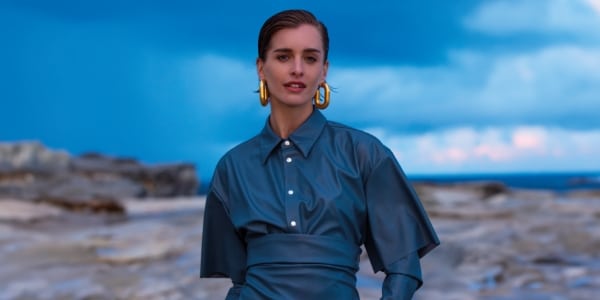Whether you buy and wear clothes (hello! All of us!) or work within the industry, each and every one of us is accountable for the impact fashion has on the environment and people’s lives.
More brands, more options, and more competitive pricing may very well be the hallmarks of a fashionista’s dream. But in reality, these are often provided at the expense of peoples’ working conditions, health, livelihoods, dignity, creativity, and our natural environment.
Fashion Revolution Week aims to make people aware of this plight and also to get you to stop and think about where your clothes are coming from.
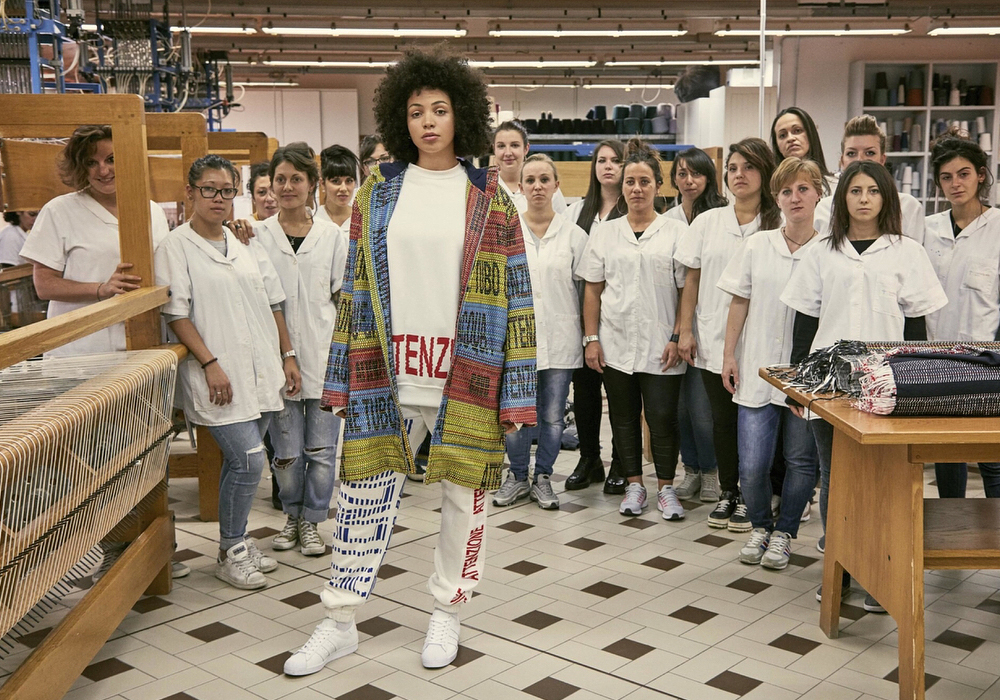
What is Fashion Revolution Week?
Fashion Revolution is the world’s largest fashion movement calling for a fairer, safer, cleaner, and more transparent fashion industry across the globe following the the Rana Plaza factory collapse, which killed 1,138 people and injured many more in 2013. Recognised as part of the international fashion calender, Fashion Revolution Week encourages as many people as possible to ask #whomademyclothes in a bid for transparency and to bring wider recognition to the workers and artisans within the fashion supply chain.
How does the #whomademyclothes campaign work?
It starts with us, the consumer, looking at our clothing and asking ourselves whether or not we know where our clothes are made, or who made them? Then, most importantly, it’s about us feeling empowered to ask the brands and retailers you buy from: “Who made my clothes?”
According to Melinda Tually, director of NDLESS: The New Normal and coordinator for Fashion Revolution Australia and New Zealand, one of the primary achievements to date was creating a platform for a conversation around a better future for fashion; highlighting the issues and celebrating the incredible change that is happening.
“The industry needs to be encouraged and we’ve developed the platform for them to be able to do that. Brands can talk about what they’re achieving and customers can ask “where are my clothes made” without it being threatening,” explains Melinda.
Despite five years of progress since the genesis of Fashion Revolution, there is still plenty of work to do with many brands still unable to answer “who made my clothes?”
If a brand is unable to answer or only able to tell you where but not who made your clothes, the #whomademyclothes campaign encourages you to persist. “Our power is in persistence. The more people who keep asking #whomademyclothes, the more brands will listen.”
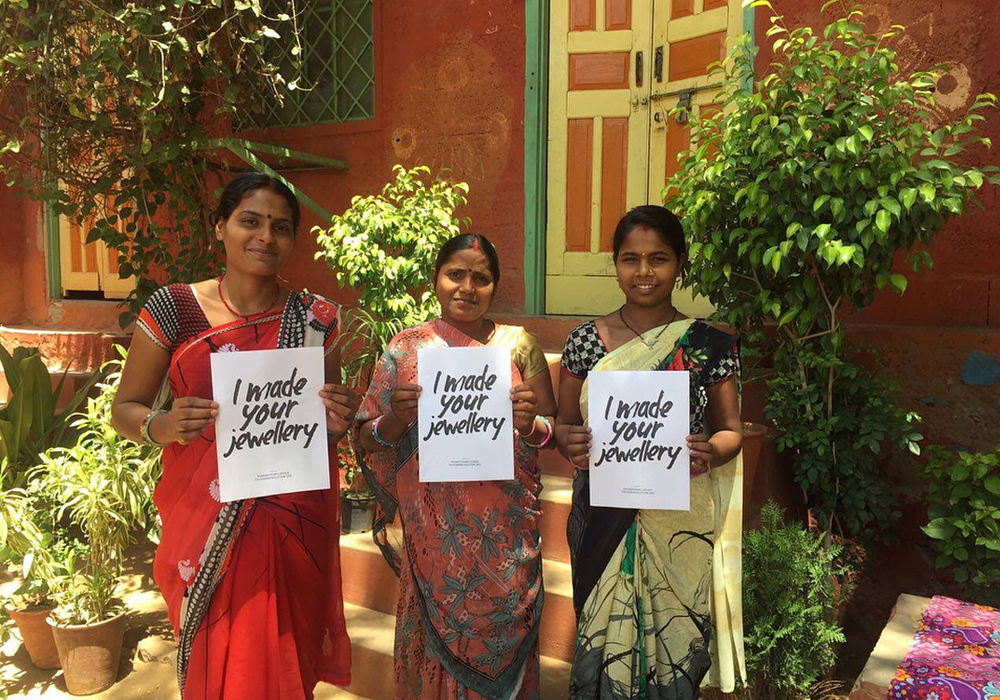
How the fashion industry got so bad in the first place
At the moment, most of the world lives in a capitalist economy. Companies motivated by profit drive production costs down through exploiting workers and resources with little or no consideration to human rights or the environment to bring us mass clothing at such affordable prices. As a result, we’re experiencing mass impoverishment of hundreds of millions of people globally and depleting our planet at an exponential rate.
This can be explained by three key factors:
Economics: Once upon a time, the manufacture of garments used to take place in the countries where the garments were sold. While globalisation has enabled great deals of beneficial progress in many aspects of our lives, trade agreements and international outsourcing has placed immense pressure of developing countries where worker rights, wages and working conditions are not regulated to the same extent – or at all – to what we’re conditioned to in New Zealand.
Inter-factory competition: Factories in countries such as Cambodia or Bangladesh, for example, are so desperate for business they’re prepared to cut corners to acquire that business than to not have any business at all. There’s no legislation or government regulation within these countries to protect workers, and herein no incentive for factories to create safe working conditions or pay fair wages (if at all), nor do they have the means to do it. International brands of fast fashion which outsource to these factories don’t technically employ the workers, so they’re able to essentially shirk – or are free from – responsibility.
Consumption: The trouble is, fashion has become widely considered as a disposable product and consumer culture and marketing has convinced us that we can solve all of our psychological problems through material items. So we keep on buying because society tells us to, and we forget to ask why.
These are just some of the forces at play that has contributed to the disasters such as Rana Plaza and the Dhaka Fire, sparking movements for global awareness such as the Clean Clothes Campaign, the Fashion Revolution, and more close to home, SpaceBetween.
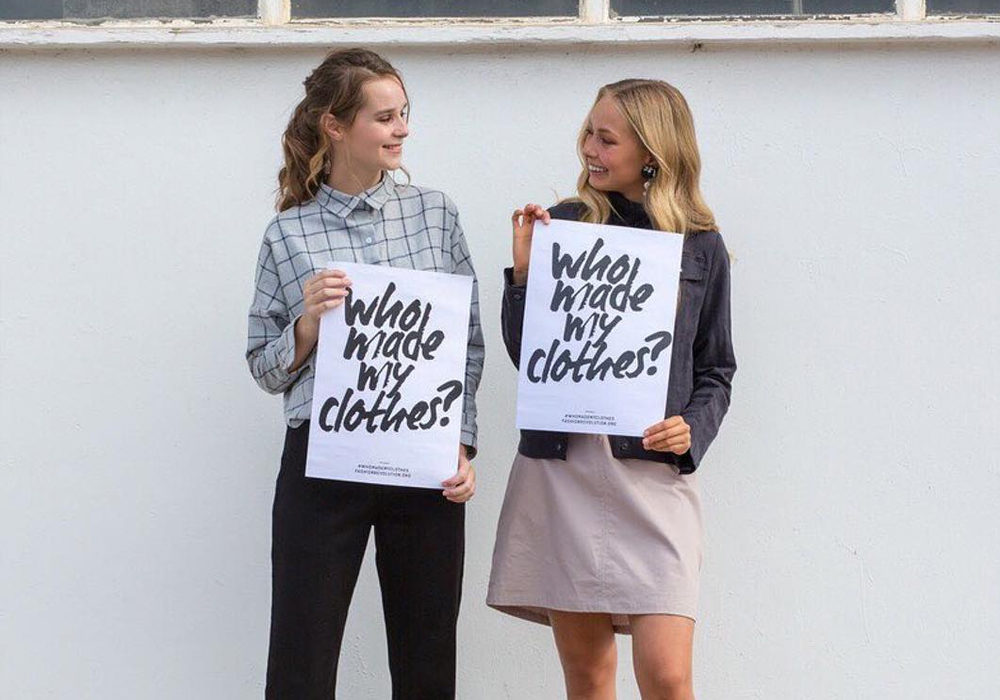
Why it matters where your clothes come from
So we’ve been told all the things wrong with mass-produced fashion and the impact of the fashion industry, but how much of that can we actually change? Consumer trends indicate an increasing number of people willing to pay more for products from companies they consider socially responsible which encourages more retailers to embrace transparency and implement changes within their supply chains. So yes, you are indeed contributing towards positive change.
Plus, it’s all about generating awareness. The more people know about the issue, the more people [should] change the way they shop. By supporting businesses that put in the work to make conditions better for people across their entire supply chain, collectively we can make a big difference. “Our mantra [at Fashion Revolution] is: Transparency leads to accountability, accountability leads to change,” says Melinda.
Read next: Does shopping consciously really make a difference?
What makes a brand trustworthy or ethical?
Keeping an eye out for the values like ‘sustainable’, ‘fair’, ‘organic’, ‘transparent’, in addition to recognised certifications to quantify their efforts, are all positive hallmarks for a trustworthy brand. If you’re ever not sure, it’s not unusual to contact your favourite brands or tweet them asking “who made my clothes?” to discern whether or not they’re genuine across their ethical practice. Choosing online retailers that act as a hub for multiple ethical brands is a really good indicator, (it’s like they’ve done the research for you) and give you the freedom to shop around labels and items at varying price points to suit you.
Read next: These are the ethical brands to have on your radar
Words: Terri Dunn
Photos: Supplied and Instagram
SaveSave


